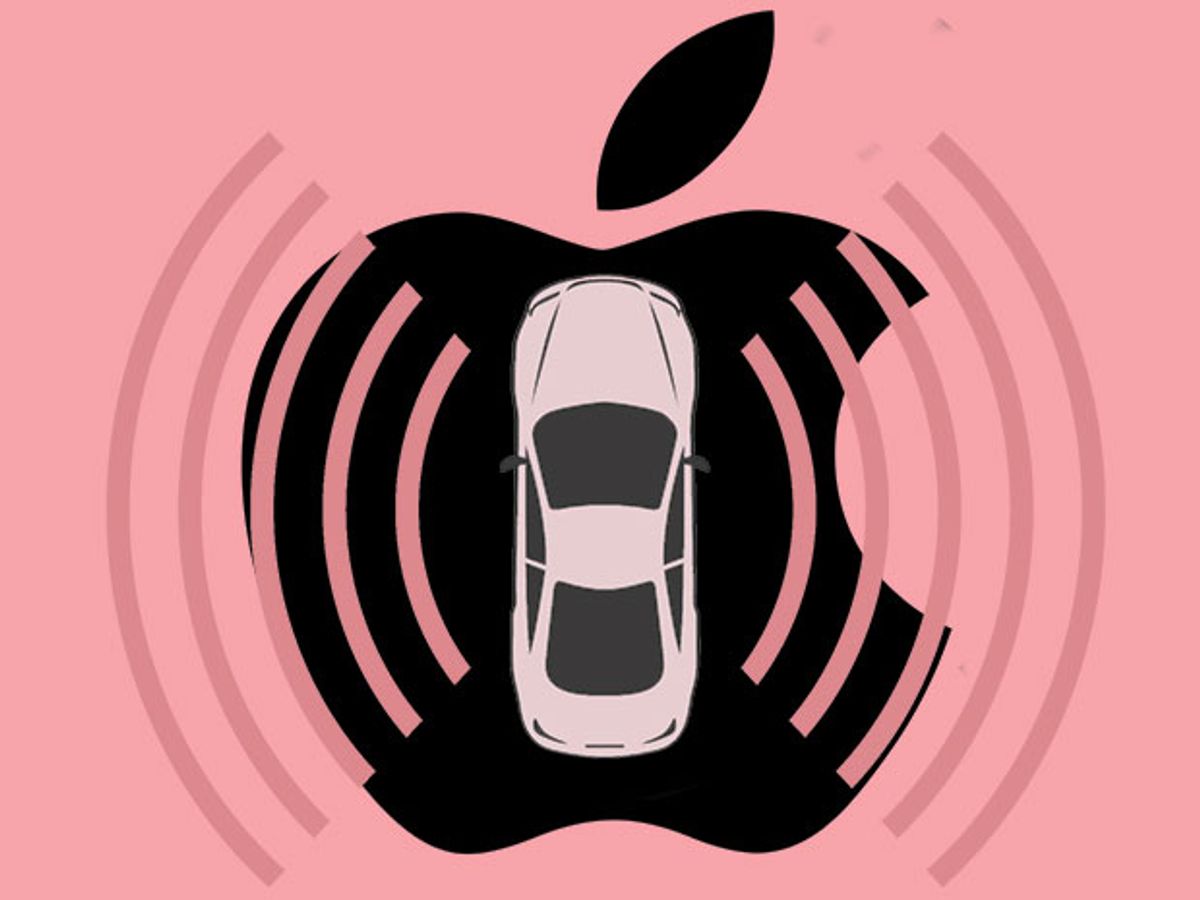Apple’s self-driving car effort appears not to be quite as far down the road as we had thought, judging by documents released today by the California Department of Motor Vehicles (DMV).
The documents, obtained by IEEE Spectrum under a public records request, contain Apple’s full application for an autonomous vehicle testing permit that the DMV granted last week. This includes details of the three Lexus RX450h hybrid SUVs that Apple will be using for on-road tests, the company’s training plans, and the identities of some of the people working on the project.
The training plan for the safety drivers, which California requires behind the wheel of all autonomous vehicles, is perhaps the most revealing. It shows that drivers are being trained on a jury-rigged drive-by-wire system using Logitech steering and pedals intended for video-gaming. The plan involves low-speed (48 kph or 30 mph) and high (104 kph or 65 mph) driving, indicating that Apple is working on systems for highway as well as urban use.
The documents do not specify the system Apple is working on, although it does not sound as ambitious as the fully driverless systems that rivals like Waymo and Zoox are building. One entry reads: “The development platform uses hardware and software to monitor surrounding objects and events. The development platform is capable of sending electronic commands for steering, accelerating, and decelerating and may carry out portions of the dynamic driving task.”
Two of the cars that Apple will be using for public tests were only registered to the company at the end of March, and the third only dates back to November. Since buying the Lexus last year, Apple has put only around 700 miles on its odometer, according to a smog check report included in the application pack. All three vehicles are registered to Apple at an address in Illinois that is also the headquarters of Donlen, a fleet-leasing subsidiary of the car-rental company Hertz.
The six safety drivers that Apple mentioned in its application all appear to be engineering staff working on the car. The first mentioned is a highly experienced engineer who previously worked on automated vehicles for NASA and Bosch. Her LinkedIn profile says of her current role at an unnamed Silicon Valley company: “I developed the vision and built an organization of [around] 30 world class researchers and engineers in the fields of robotics and artificial intelligence. … I lead this incredible team to develop innovative algorithms, and implement and test these algorithms on hardware.”
Other safety drivers have also previously worked on autonomous vehicles, including cars in the DARPA Urban Challenge that kick-started the technology a decade ago. The person who completed the application is Apple’s director of product integrity, Steve Kenner, who was previously in charge of automotive safety at Ford.
But the documents raise as many questions as they answer. In a letter to the DMV dated 12 April, Kenner asks for Apple to be excluded from the DMV’s provisions requiring it to meet Federal vehicle safety standards and install a data recording system. His reason is because the recording systems are “not applicable to development platforms used for testing purposes only.”
It is unclear why Apple should have been granted a permit without agreeing to these conditions. After all, all the vehicles in California’s autonomous vehicle testing program are, by definition, only to be used for testing purposes. However, the wording of “development platform” rather than “car” or “vehicle”, which Kenner uses throughout the application, might imply that Apple is not intending to build a full self-driving car but only an accessory or software for other manufacturers.
We will certainly learn more about Apple’s efforts once its cars are spotted on public roads, and when the company is (eventually) obliged to file a report on its testing activities, early in 2019.
Mark Harris is an investigative science and technology reporter based in Seattle, with a particular interest in robotics, transportation, green technologies, and medical devices. He’s on Twitter at @meharris and email at mark(at)meharris(dot)com. Email or DM for Signal number for sensitive/encrypted messaging.



